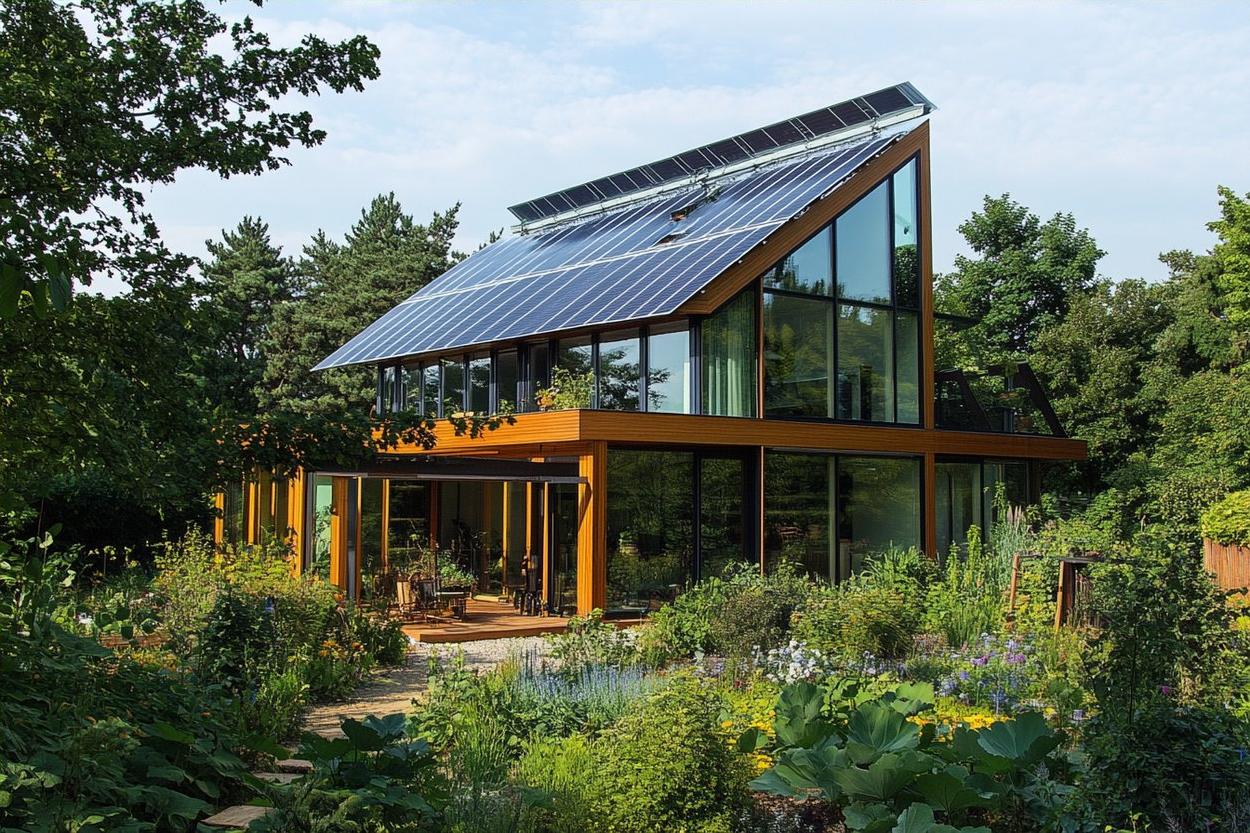Prefabricated Homes: The Future of Efficient and Sustainable Housing
Prefabricated homes, also known as prefab houses, are revolutionizing the construction industry with their innovative approach to building residential structures. These modern marvels combine efficiency, sustainability, and customization to create homes that meet the diverse needs of homeowners. From cozy cabins to spacious family houses, prefab buildings offer a range of options for those seeking an alternative to traditional construction methods.

One of the key differences between prefab and traditional houses is the construction process. Traditional homes are built from the ground up on-site, which can be time-consuming and subject to weather delays. Prefab homes, on the other hand, can be assembled quickly once the components arrive at the site, often resulting in a shorter overall construction timeline.
How are prefab cabins constructed and what materials are commonly used?
Prefab cabins are typically constructed using a combination of wood, steel, and other durable materials. The process begins with the design phase, where architects and engineers create detailed plans for the cabin. These plans are then used to guide the manufacturing process in the factory.
Common materials used in prefab cabin construction include:
-
Wood: Often used for framing, flooring, and exterior siding
-
Steel: Used for structural support and framing in some designs
-
Polyester: Utilized in insulation and weatherproofing materials
-
Glass: Large windows are often incorporated to connect with nature
-
Composite materials: Used for decking and other exterior elements
The components of the cabin are manufactured in a controlled environment, ensuring high quality and precision. Once completed, these components are transported to the building site, where they are assembled on a prepared foundation.
What are the advantages of choosing a prefab house over a traditional build?
Prefab houses offer several advantages over traditional construction methods:
-
Speed: Prefab homes can be built and assembled much faster than traditional houses, often reducing construction time by 50% or more.
-
Quality control: Factory construction allows for stricter quality control measures, resulting in consistent and high-quality components.
-
Cost-effectiveness: The streamlined manufacturing process and reduced on-site labor can lead to cost savings for homeowners.
-
Sustainability: Prefab construction typically generates less waste and can incorporate eco-friendly materials and energy-efficient designs more easily.
-
Customization: Contrary to popular belief, many prefab homes offer a high degree of customization, allowing homeowners to tailor their living spaces to their needs.
-
Weather resistance: Factory construction minimizes exposure to the elements during the building process, reducing the risk of weather-related damage or delays.
How does the cost of a prefab building compare to traditional construction?
The cost of a prefab building can vary significantly depending on factors such as size, materials, and level of customization. However, in many cases, prefab construction can be more cost-effective than traditional building methods.
| Type of Home | Average Cost Range (USD) | Typical Time to Completion |
|---|---|---|
| Prefab Home | $150,000 - $400,000 | 3-6 months |
| Traditional Home | $200,000 - $500,000 | 6-12 months |
Prices, rates, or cost estimates mentioned in this article are based on the latest available information but may change over time. Independent research is advised before making financial decisions.
While the upfront costs of prefab and traditional homes may be similar, prefab construction often offers savings through reduced labor costs, shorter construction timelines, and potential energy efficiency benefits. Additionally, the controlled factory environment can lead to less material waste, further contributing to cost savings.
What role does polyester play in modern prefab house construction?
Polyester plays a crucial role in modern prefab house construction, particularly in insulation and weatherproofing applications. This versatile synthetic material offers several benefits that make it ideal for use in prefabricated homes:
-
Insulation: Polyester-based insulation materials provide excellent thermal performance, helping to maintain comfortable temperatures inside the home while reducing energy costs.
-
Moisture resistance: Polyester fibers are naturally resistant to moisture, making them an excellent choice for preventing water damage and mold growth in prefab structures.
-
Durability: Polyester-based materials used in prefab construction are known for their long-lasting properties, contributing to the overall longevity of the building.
-
Eco-friendliness: Many polyester insulation products are made from recycled materials, aligning with the sustainability goals of prefab construction.
-
Soundproofing: Polyester-based insulation can also provide sound dampening properties, enhancing the comfort of prefab homes in noisy environments.
The incorporation of polyester in prefab house construction demonstrates the industry’s commitment to using advanced materials that improve performance, sustainability, and comfort for homeowners.
In conclusion, prefabricated homes represent a significant advancement in residential construction, offering a blend of efficiency, sustainability, and customization. From cozy cabins to spacious family houses, prefab buildings provide a range of options for those seeking an alternative to traditional construction methods. With benefits such as faster build times, quality control, and potential cost savings, prefab homes are poised to play an increasingly important role in the future of housing.






